Solar Panel Install Requirements
Before proceeding with a solar panel install there are certain things you should know in order to make sure they'll be suitable for your home and you'll be getting the best from your panels.
Most of these things the sales rep will tell you automatically before you buy. However there are things that he or she may not tell you and these can cause major headaches, or worse still cost you additional money.
It's not that the rep doesn't want to tell you everything. But each job is different and therefore each job will have slightly different nuances that will need to be considered.
So when the rep is there ask them as many questions as possible, even if you think they're silly, ask them anyway.
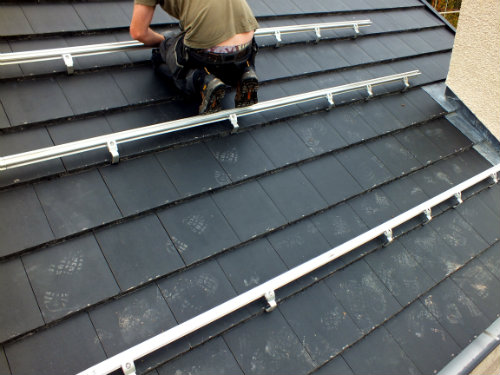
PV Solar Panel Install Requirements:
- Orientation - your roof should ideally be within 90 degrees of south. The more southerly facing the more electricity your panels will produce. You can see just how a small orientation difference can affect output in this orientation article.
Don't rely on 'thinking' you know what way south is. Look at your property on Google maps and make sure.
- Elevation - the optimal elevation for a photovoltaic installation is 40º from horizontal. This has been calculated to give you the maximum exposure during all
seasons i.e. the low sun in winter and the high sun in summer. Most
standard pitched roofs are around 35º
Tracking systems are available which move the panels to track the Sun throughout the day to give you the best possible results, however these systems are expensive and the cost would likely be prohibitive for a residential installation. - Shade - your PV panels will
work in shady conditions, but at a reduced level. Which will in turn reduce the
amount of electricity you produce, increase your payback period and
reduce your FIT (feed in tariff) or NIROCs (Northern Ireland Renewable
Obligation Certificates) payments.
When considering your roof you'll need to make sure it's not shaded. You might look at your roof at 10am and it could be bathed in unbroken sunshine, but at 1pm that big tree in your garden or the building next door may have cast a shadow over your roof.
Don't forget your own chimney could shade a panel or two.
If you do have shading on your roof you could consider micro-inverters as these allow each panel to work independently of the others meaning if one panel is shaded it doesn’t affect the rest of your array of panels.
Another alternative is to consider a harvester which works in a similar way to micro-inverters but works with a single or pair of inverters.
As you can see below if there were panels on the front of this roof the bottom right panels would be shaded. If the panels were on the rear elevation the evening sun would likely cast a shadow on the roof.
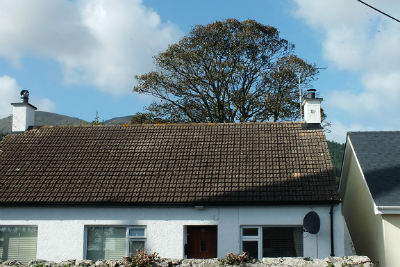 Roof shading
Roof shading- Strength of your roof – the photovoltaic panels for your solar panel install aren't particularly heavy but when you install 16 of them the weight can be substantial.
The panels will vary depending on the manufacturer but they can weigh around 16 kg each and you’ll need quite a few, plus the brackets and rails required to install them.
If you're installing a 4kW array using 250 watt panels at 16kg per panel that equates to 256kg, plus the weight of the frame work and brackets.
For that reason, prior to you PV solar panel install you'll need to make sure your roof structure is capable of taking the extra load (especially if you are fitting them on top of heavy concrete roof tiles).
You should always consult a specialist to make sure your roof can take the additional load before buying photovoltaic cells. Very often the solar panel company will just carry out a basic inspection so if you're in doubt get your own structural report carried out. - Planning permission - In the UK most solar panel installations will not need planning permission, however that will depend on the size of the installation and where you live.
In N. Ireland provided your finished array of panels doesn't sit higher than 150mm above the roof cover you shouldn't need planning permission.
If you live in an area of outstanding beauty, a conservation area or in a listed building, you'll more than likely have to get planning approval prior to installing the panels.
So always make a quick call to your local planning department to confirm whether or not you need planning approval. They're very approachable and will be happy to advise you.
Here's a link for information regarding planning in NI.
Here's one to the UK planning website. - Supports for the Panels - Regardless of what make of PV panels you choose to install the first step to photovoltaic installation is fitting a frame to support them.
This involves fixing brackets to your roof timbers which in turn hold the rails which will ultimately hold the panels.
The brackets come in several different shapes and styles depending on your roof structure and the types of tiles/slates on your roof. Make sure you show the rep a sample of your roof tile or ask the supplier to visit your site to make sure you get the right brackets.
I recently worked on a solar panel install with a couple who were supplied with the wrong brackets. Their roofers, who had never worked with PV brackets before, spent 3 hours adapting the roof to get the brackets to fit.
It was two days later when they finally realised they had the wrong brackets and had to undo all the work they had done before starting again with the correct brackets.
The end result was expensive and time consuming.
Once the brackets are fitted the rails can be installed, as can be seen below. Then once all the rails are installed the panels can be attached to the rails as in the bottom image below.
Now that you know the various requirements for a successful photovoltaic solar panel install, you should be in a much better position to decide if your home is suited to this technology.
Don't forget to get the whole picture by checking out my articles on the advantages and the disadvantages of solar energy.
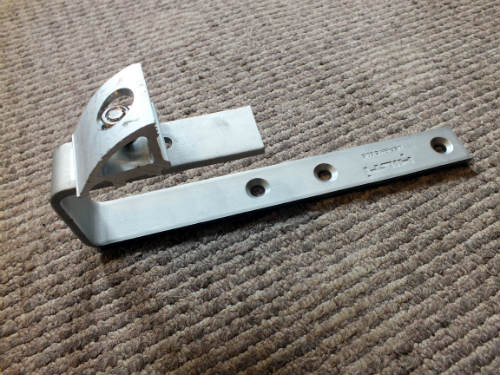
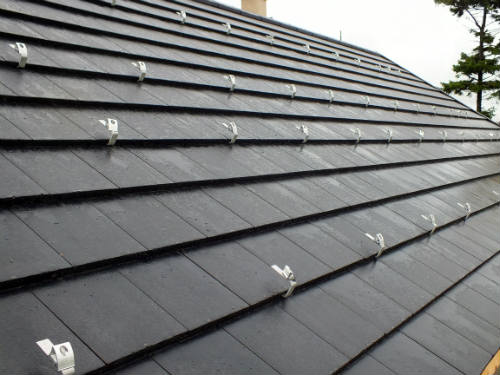
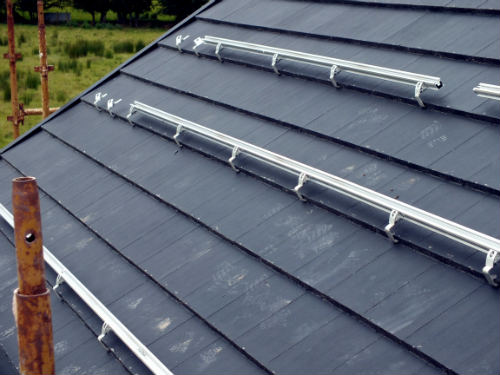
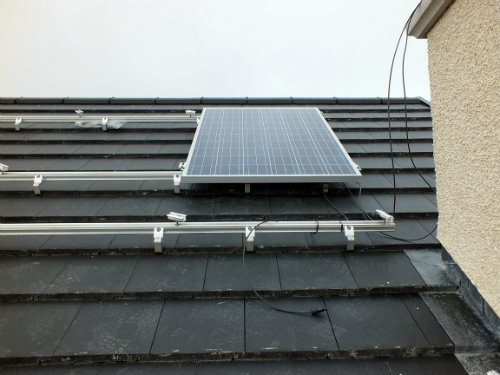
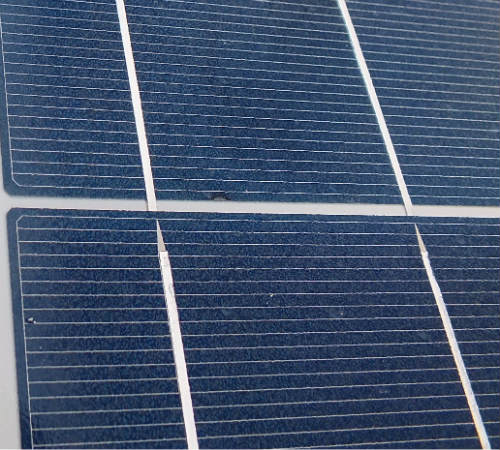
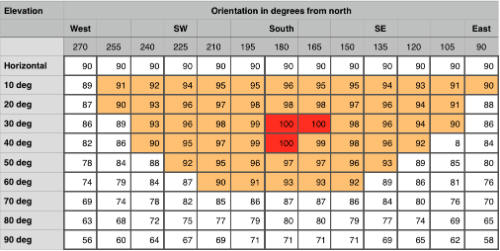

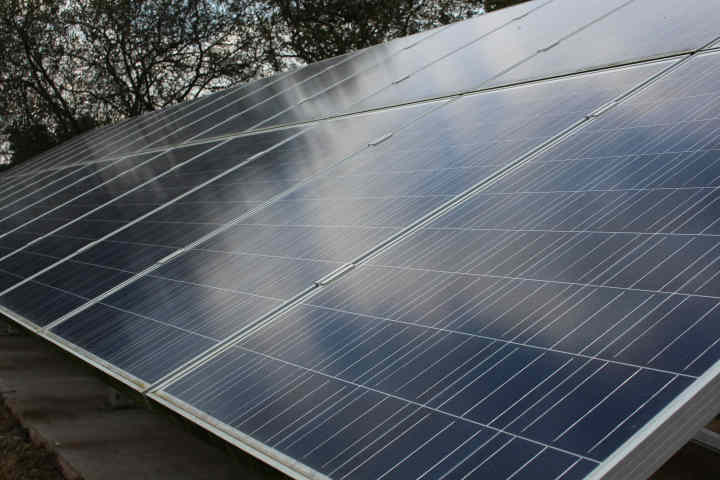
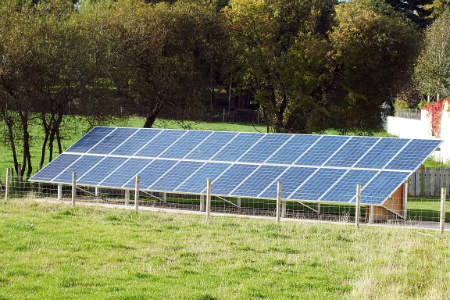
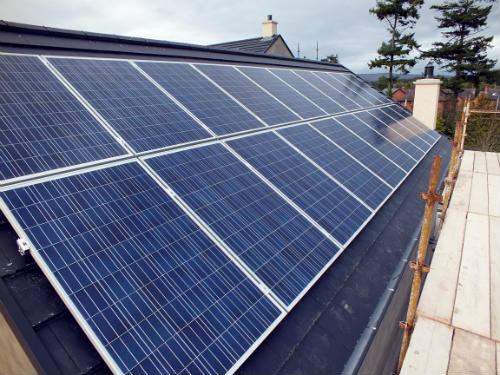
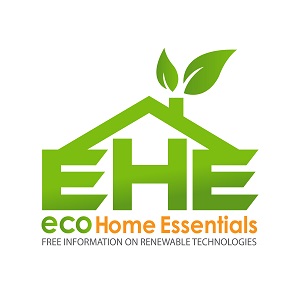







New! Comments
Have your say about what you just read! Leave me a comment in the box below.